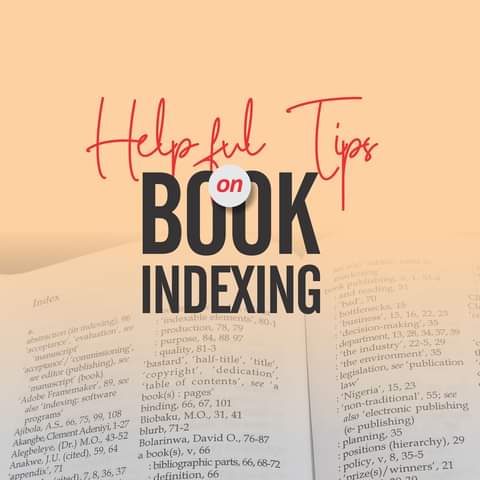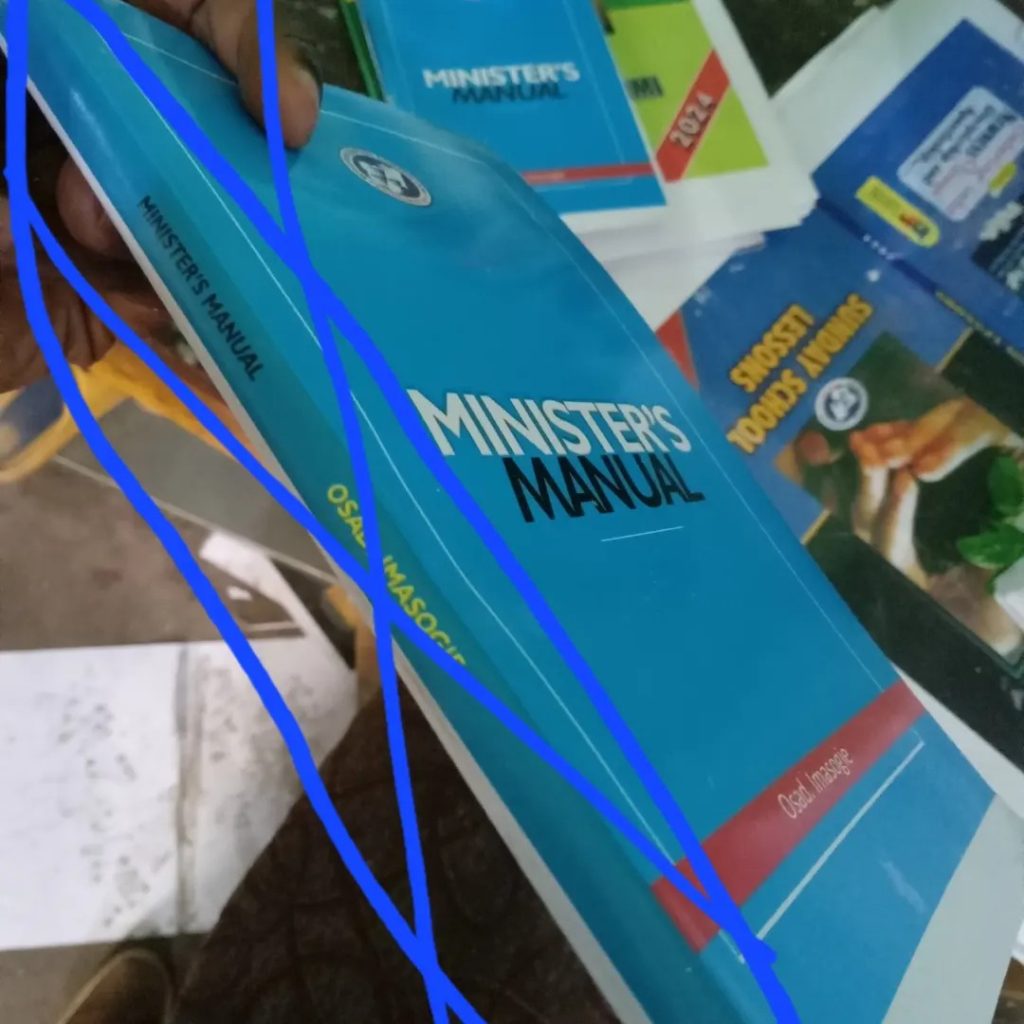In my over ten years of work in the book publishing industry and working with authors to ensure that their manuscripts turn out to be a published book they could be proud of, one of the major aspects of book publishing I have had to explain to clients is Back-of-the-book index – What it is and what it is not; when it is necessary and when it is not, and how it should be handled. Usually in my interaction with clients on book indexing, I do remember the words of one of my lecturers during my undergraduate days, that book indexing is an editorial exercise but to my amazement, not many editors or authors understand what makes a good back-of-the-book index. Thus, I found it very necessary to share this short piece about Book Indexing with our clients and any author or writer who desires to know more about the subject.
To have a well-structured back of the book index in your next publication, here are some rules that could guide your approach to it:
First, every author needs to understand what a back-of-the-book index is and what it is not: It is a structured and concise list of terms, topics or concepts in the book that are deemed important or likely to be of interest to the potential readers, with corresponding page numbers that are created during the publishing process. Note that an index does not cover every word or detail in the book. In essence, back of the book index, which is mostly suitable for non-fiction, is a tool that aids readers in finding specific information within the book. It speaks volume about your efforts to make your book reader-friendly, especially for academic and technical works.
Also, every author should understand that back of the book index is not a substitute for Table of Content (TOC); rather it complements the TOC in the roles it plays. Succinctly put, both the TOC and Index play a major role in aiding navigation but each in a unique manner. While the TOC enhances a quick peep into the chapters or different sections of the book, a back-of-the-book index provides information about specific topics and terms used in the book and their page numbers. So, it is not a replacement for the Table of Content.
Authors should understand that the purpose of book indexing is not to search for any word; rather, it is to help readers to quickly locate specific information within a book without having to browse through the entire text. This certainly takes lesser time to do and takes away the stress of having to look for the information on each page of the book.
Furthermore, any book that has a back-of-the-book index seems to be more accessible to a wider audience because it helps readers to find relevant sections in the book anytime, even after their first read. This is also germane for research work as scholars, researchers and students often rely on indexes to locate specific citations, quotes or references when conducting research and writing papers.
In summary, Back-of-the-book indexing is a valuable tool that enhances the utility, accessibility, and overall quality of a book as it provides, among other functions, immediate access to the important terms, concept, names, etc which are scattered throughout the book.
Having understood that a back-of-the-book index is not to search for any word, neither is it a concordance which compiles a mere listing of words or phrases used in a text. It is therefore important that such exercise should be handled by a professional who would be able to differentiate between useful information and a passing mention of a word. Someone who would be able to anticipate how readers will search for information. Frankly speaking, book indexing should be handled by a human and not a computer, who would be able to create subentries that meet the need of the potential users.



